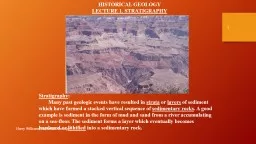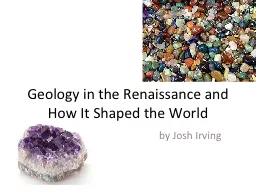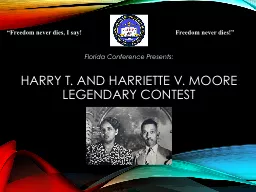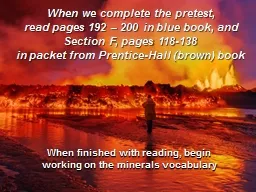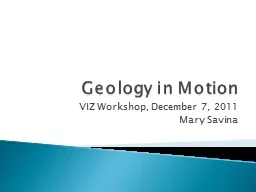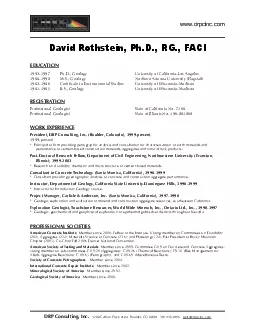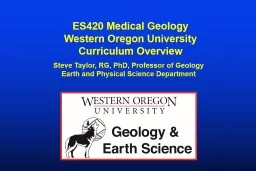PPT-Harry Williams, Historical Geology
Author : tawny-fly | Published Date : 2016-06-14
1 HISTORICAL GEOLOGY LECTURE 1 STRATIGRAPHY Stratigraphy Many past geologic events have resulted in strata or layers of sediment which have formed a stacked vertical
Presentation Embed Code
Download Presentation
Download Presentation The PPT/PDF document "Harry Williams, Historical Geology" is the property of its rightful owner. Permission is granted to download and print the materials on this website for personal, non-commercial use only, and to display it on your personal computer provided you do not modify the materials and that you retain all copyright notices contained in the materials. By downloading content from our website, you accept the terms of this agreement.
Harry Williams, Historical Geology: Transcript
Download Rules Of Document
"Harry Williams, Historical Geology"The content belongs to its owner. You may download and print it for personal use, without modification, and keep all copyright notices. By downloading, you agree to these terms.
Related Documents

